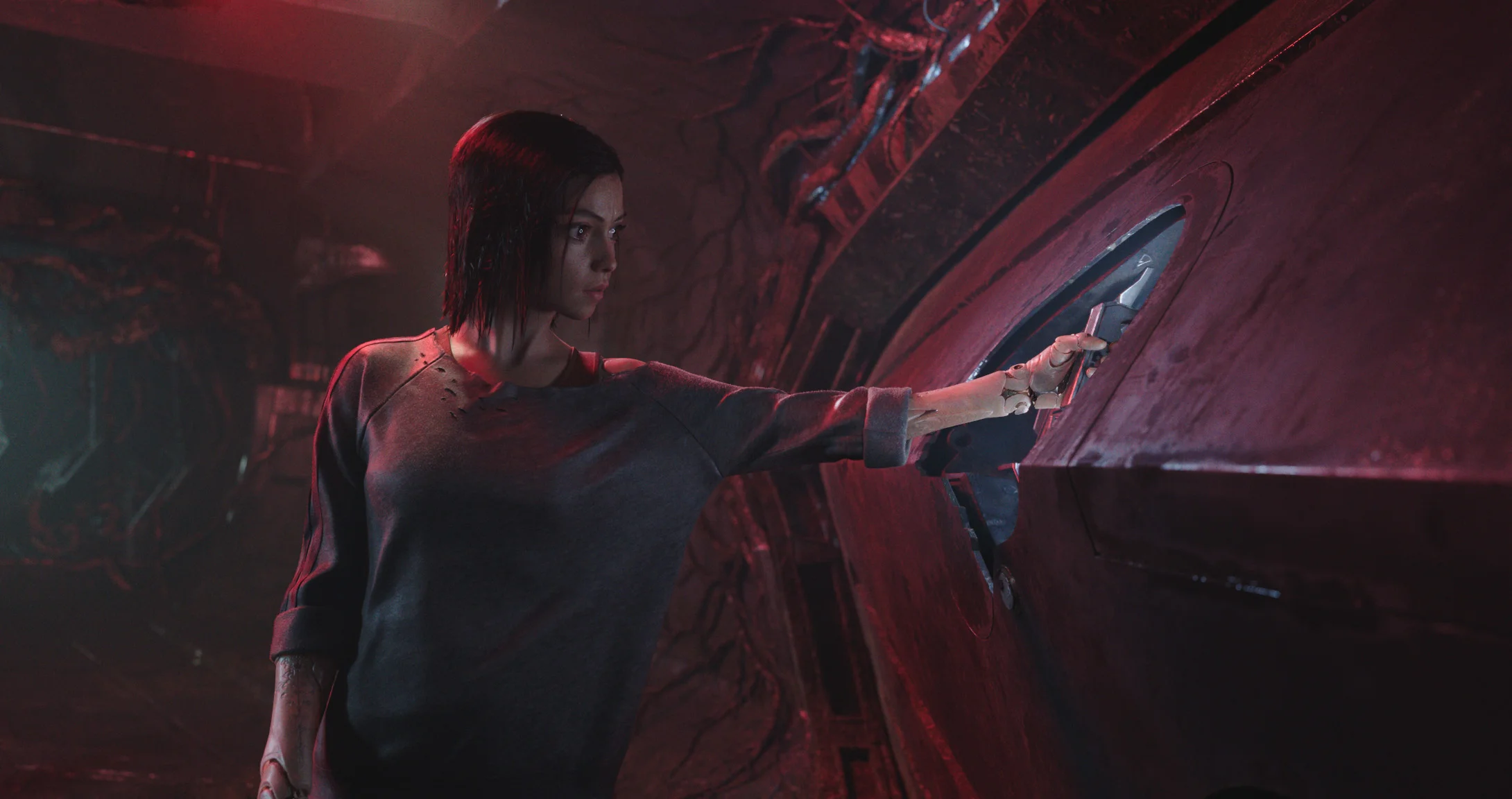'Apollo 11'
As a NASA nerd who was not quite 5 years old when Neil Armstrong and Buzz Aldrin walked on the moon on July 20, 1969, the documentary “Apollo 11” made me feel cheated — not by the movie, but by history.
Watching this breathtaking movie, loaded with never-before-seen footage of that incredible mission, I wanted to know why this stuff has been hidden for most of my life.
Director Todd Douglas Miller (“Dinosaur 13,” SFF ’13) assembles a crew of space historians, NASA buffs and technicians to condense in 93 minutes what it must have felt like — in Mission Control, to civilians watching in awe on the ground, and most importantly to Armstrong, Aldrin and the mission’s commander, Michael Collins — to prepare, launch and navigate the complex maneuvers needed to get to the moon and back alive.
The pristine images, taken from long buried government storage, take us from the launch pad to splashdown. Graphics explain concisely each delicate maneuver, none more precarious than the final landing on the moon — which Armstrong had to perform manually to avoid a crater the size of a football field.
The technical challenges must have been enormous — not the least of which because, Miller told the movie’s first Sundance audience, NASA didn’t have a single bit of footage with synchronized sound. Poring through hundreds of hours of video and audio footage, Miller gives the audience the full visual and aural feeling of a moon landing.
The audio mix is especially important, and Miller has help making it pristine. The two key players are sound designer Eric Milano, who places every ping and whoosh precisely in context, and composer Matt Morton, whose haunting synthesizer score — performed on a 1968 model Moog, which would be authentic to the time of the mission — makes us feel like we’re in outer space.
——
‘Apollo 11’
★★★★
Opening Friday, March 1, at IMAX theaters nationwide (including the Megaplex Jordan Commons in Sandy and the Megaplex Geneva in Vineyard, Utah); opening wider on March 8. Rated G. Running time: 93 minutes.
(This review was originally posted on Jan. 25, 2019, after the movie premiered at the 2019 Sundance Film Festival.)







